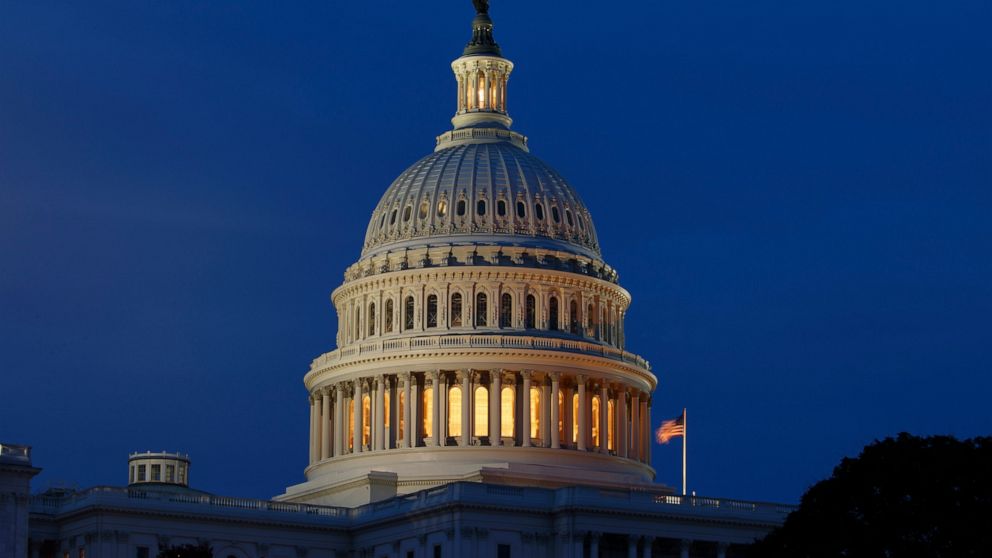
更强劲的经济增长有助于减少今年的预期缺口。尽管如此,如果乔·拜登总统的1.9万亿美元冠状病毒救助计划成为法律,赤字可能很快会上调。额外的援助——在去年批准大约4万亿美元之后——一旦实施,将增加更多的赤字,但不包括在周四的CBO预测中。
排除拜登计划,今年的赤字将相当于国内生产总值的10.3%,国内生产总值是衡量经济商品和服务总价值的指标。过去两年是自1945年以来赤字相对于国内生产总值最高的两年。
CBO预计,随着经济复苏,政府支出需求减少,2022年预算赤字将降至1万亿美元左右。从2022年到2031年,赤字预计平均占国内生产总值的4.4%。
几十年的赤字支出意味着公众持有的联邦债务总额略高于国内生产总值。随着医疗保险和社会保障支出的增加,预计到2031年,这一数字将升至国内生产总值的107%。
两党政策中心经济政策主任沙伊·阿卡巴斯(Shai Akabas)表示,额外的冠状病毒缓解应该是优先事项,并警告说,该国仍需要找到一种方法,将赤字置于更安全的道路上。
“谈到复苏,该国面临许多挑战,可能需要注入联邦资源,”阿克巴说。“但至关重要的是,议员们要在任何新投资与稳定CBO今天强调的不稳定财政状况的承诺之间取得平衡。在这个领域,“观望”不是一种策略,而是一种财政风险。”
Budget office expects $2.3T deficit before Biden relief plan
Stronger economic growth has helped to reduce the anticipated shortfall for this year. Still, the deficit could soon be revised upward if President Joe Biden's $1.9 trillion coronavirus relief package becomes law. The additional aid — coming after roughly $4 trillion was approved last year — would add more red ink once enacted, but isn't included in Thursday's CBO projections.
Excluding the Biden plan, this year's deficit will equal 10.3% of gross domestic product, which is a measure of the total value of the economy's goods and services. The past two years have the highest deficits relative to GDP since 1945.
The CBO expects the budget deficit to fall to about $1 trillion in 2022 as the economy heals and there is less need for government spending. Deficits are supposed to average 4.4% of GDP from 2022 to 2031.
Several decades of deficit spending has meant that the total federal debt held by the public is slightly larger than GDP. That figure is projected to rise to 107% of GDP by 2031 as spending on Medicare and Social Security increases.
Shai Akabas, economic policy director at the Bipartisan Policy Center, said that additional coronavirus relief should be a priority, cautioning that the country still needs to find a way to put the deficit on a safer path.
“When it comes to recovery, the country faces many challenges that are likely to require an infusion of federal resources," Akbas said. “But it is crucial that lawmakers balance any new investment with a commitment to stabilizing the precarious fiscal picture that CBO highlighted today. In this realm, ‘wait and see’ is not a strategy — it is a fiscal risk.”






